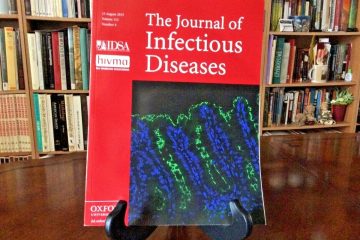What is Laryngomalacia? Insights and Treatment Options

Introduction to Laryngomalacia
Laryngomalacia is the most common cause of stridor (noisy breathing) in infants and is characterised by the softening of the tissue above the vocal cords. This condition is significant as it can lead to breathing difficulties and is often a source of concern for new parents. Understanding laryngomalacia is crucial for ensuring appropriate management and care.
Symptoms and Diagnosis
Infants with laryngomalacia typically present with symptoms that include noisy breathing, particularly during inhalation, which is known as stridor. This noisy breathing often becomes more pronounced when the infant is agitated or lying on their back. Other potential symptoms may include feeding difficulties or poor weight gain in severe cases. Diagnosis is typically made through a physical examination and sometimes further evaluation by an ear, nose, and throat (ENT) specialist, who may use a laryngoscope to view the larynx in detail.
Causes and Risk Factors
The exact cause of laryngomalacia is not well understood, but it is believed to be linked to a combination of genetic and environmental factors. The condition is more common in infants who are born prematurely or those with certain congenital conditions. In fact, approximately 60% of infants with laryngomalacia also have other conditions, such as gastroesophageal reflux disease (GERD) or Down syndrome, which may contribute to or exacerbate symptoms.
Treatment and Management
Most cases of laryngomalacia are mild and resolve as the child grows, typically by the time they reach 18 months of age. For many infants, minimal intervention is required. However, regular monitoring is essential to ensure that there are no complications, particularly concerning weight gain and respiratory health. In more severe cases, surgical options, such as supraglottoplasty, may be considered to correct airway obstruction. This surgical procedure involves trimming excess tissue to relieve breathing difficulties.
Conclusion
Laryngomalacia is a common condition in infants that typically resolves on its own without significant intervention. However, awareness of the symptoms and ongoing monitoring by healthcare professionals are crucial for managing the condition effectively. Parents concerned about their child’s breathing or feeding should seek medical advice to rule out any underlying issues and discuss the best course of action. As awareness and understanding of laryngomalacia grow, parents can look forward to a supportive healthcare journey for their little ones.




